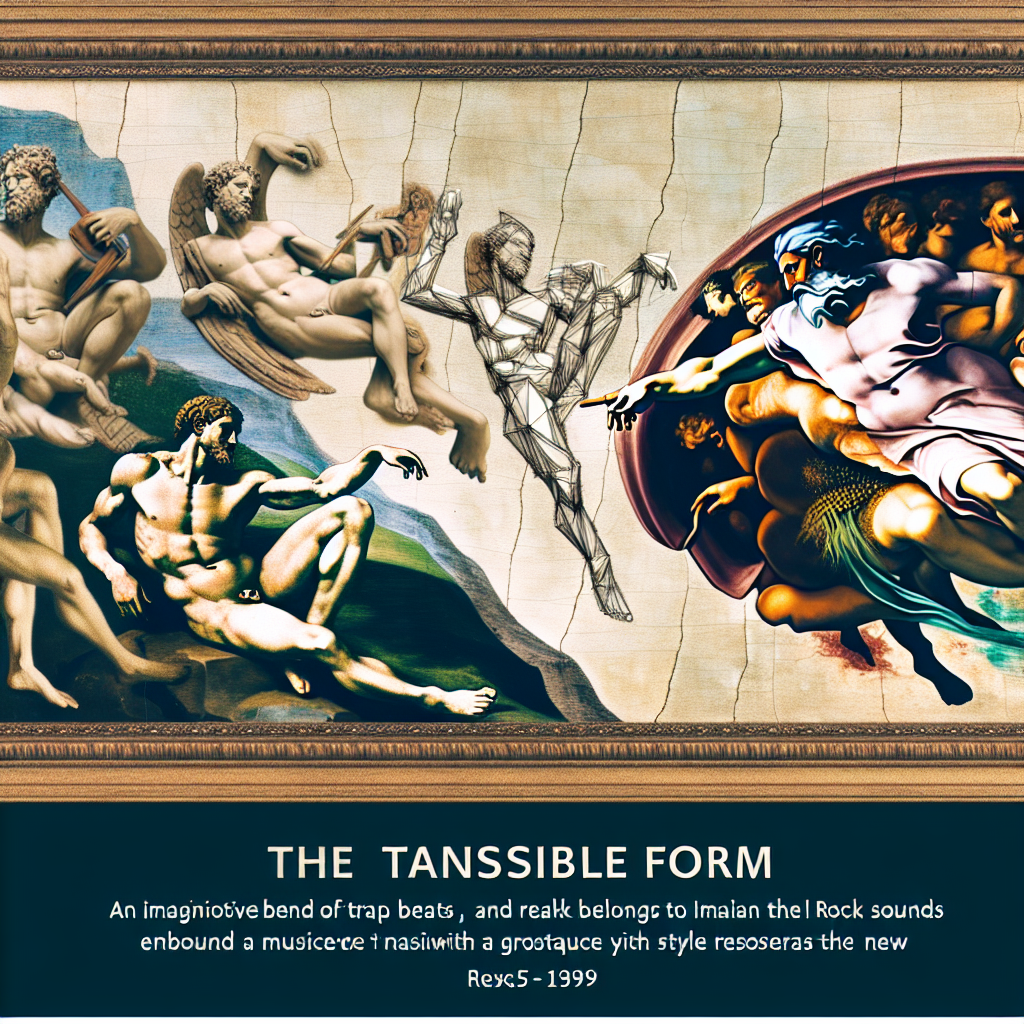-
Table of Contents
“`html
Trap Rock: The Gritty Blend of Trap Beats with Rock Sounds

Trap Rock is an innovative genre that fuses the rhythmic intensity of trap music with the raw energy of rock. This hybrid genre has been gaining traction, captivating audiences with its unique soundscapes. In this article, we delve into the essence of Trap Rock, exploring its origins, key characteristics, and notable examples.
Top 5 Tips for Understanding Trap Rock
- Recognize the fusion of trap’s rhythmic beats with rock’s guitar riffs.
- Explore the genre’s evolution and its cultural impact.
- Identify key artists and tracks that define Trap Rock.
- Understand the production techniques that create its signature sound.
- Appreciate the genre’s influence on modern music trends.
Origins of Trap Rock
The roots of Trap Rock can be traced back to the early 2000s when artists began experimenting with blending different musical styles. The genre emerged as a response to the growing popularity of trap music, characterized by its heavy use of 808 drum machines and hi-hat rolls, and the timeless appeal of rock music, known for its powerful guitar riffs and dynamic vocals.
The Evolution of Trap Rock
Trap Rock has evolved significantly over the years, with artists continuously pushing the boundaries of what the genre can achieve. Initially, it was seen as a niche experiment, but it has since grown into a mainstream phenomenon. This evolution is marked by collaborations between trap and rock artists, leading to a richer and more diverse sound.
Key Characteristics of Trap Rock
Trap Rock is defined by its unique blend of musical elements from both trap and rock genres. Here are some of its key characteristics:
- Rhythmic Complexity: The genre often features complex drum patterns typical of trap music.
- Guitar-Driven Sound: Electric guitars play a central role, providing the gritty edge associated with rock.
- Vocal Styles: Vocals can range from melodic singing to aggressive rapping, reflecting the dual influences.
- Production Techniques: Producers use a mix of analog and digital tools to create a polished yet raw sound.
Notable Artists and Tracks
Several artists have been instrumental in popularizing Trap Rock. Here are a few notable examples:
- Travis Scott: Known for his innovative approach, Scott’s music often incorporates rock elements, as seen in tracks like “Sicko Mode.”
- Post Malone: With hits like “Rockstar,” Malone blends trap beats with rock influences seamlessly.
- Machine Gun Kelly: His transition from rap to rock has been pivotal in shaping the Trap Rock landscape.
The Cultural Impact of Trap Rock
Trap Rock has had a significant cultural impact, influencing fashion, art, and lifestyle. The genre’s rebellious spirit resonates with younger audiences, who appreciate its authenticity and raw energy. This cultural shift is evident in the rise of festivals and events dedicated to Trap Rock, showcasing its growing popularity.
Conclusion
Trap Rock represents a bold fusion of two powerful musical genres, offering a fresh and exciting sound that continues to captivate audiences worldwide. As artists and producers explore new creative possibilities, the genre is poised for further growth and innovation. Whether you’re a fan of trap, rock, or both, Trap Rock offers something unique and compelling, making it a genre worth exploring.
For more information on the history and development of trap music, you can visit Wikipedia.
“`




